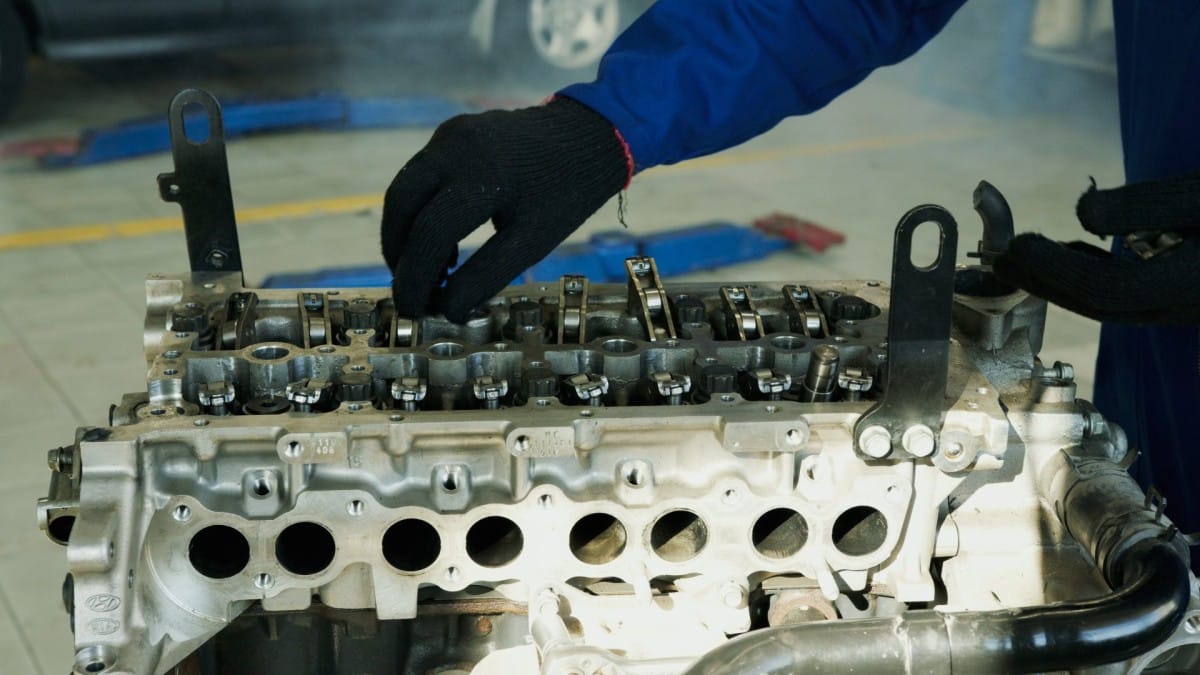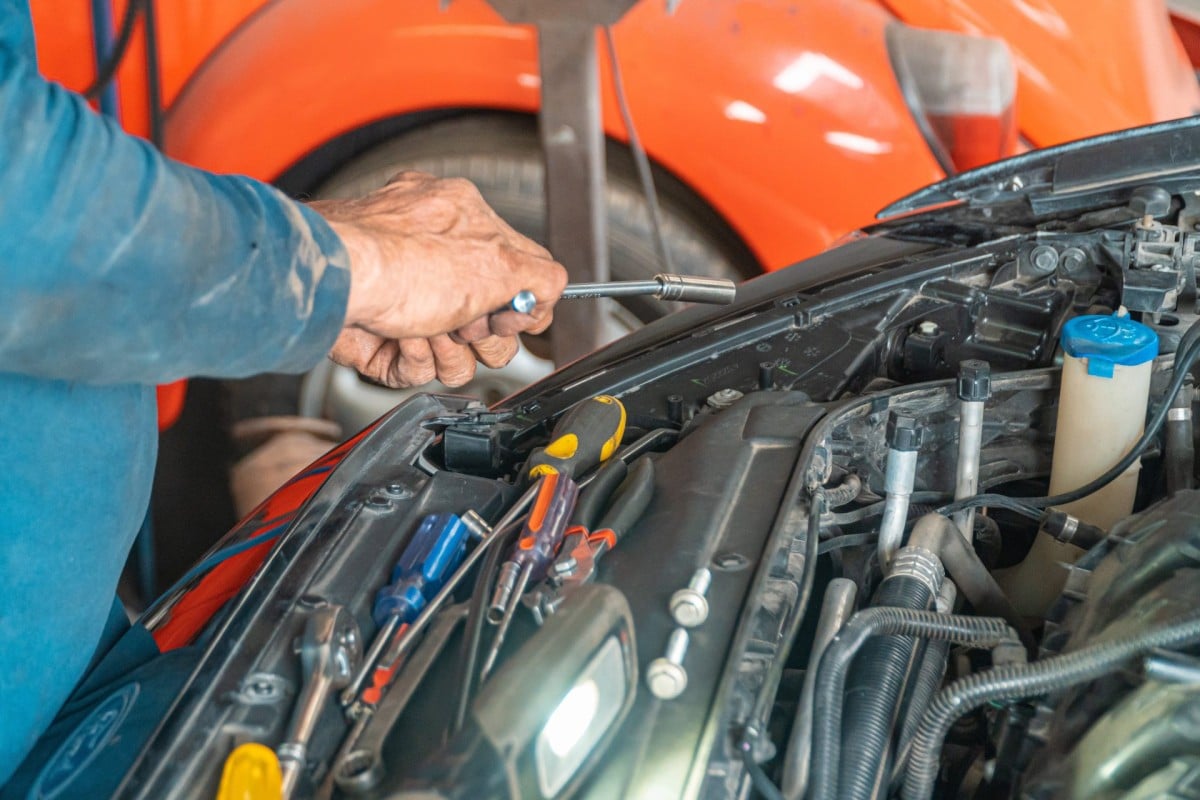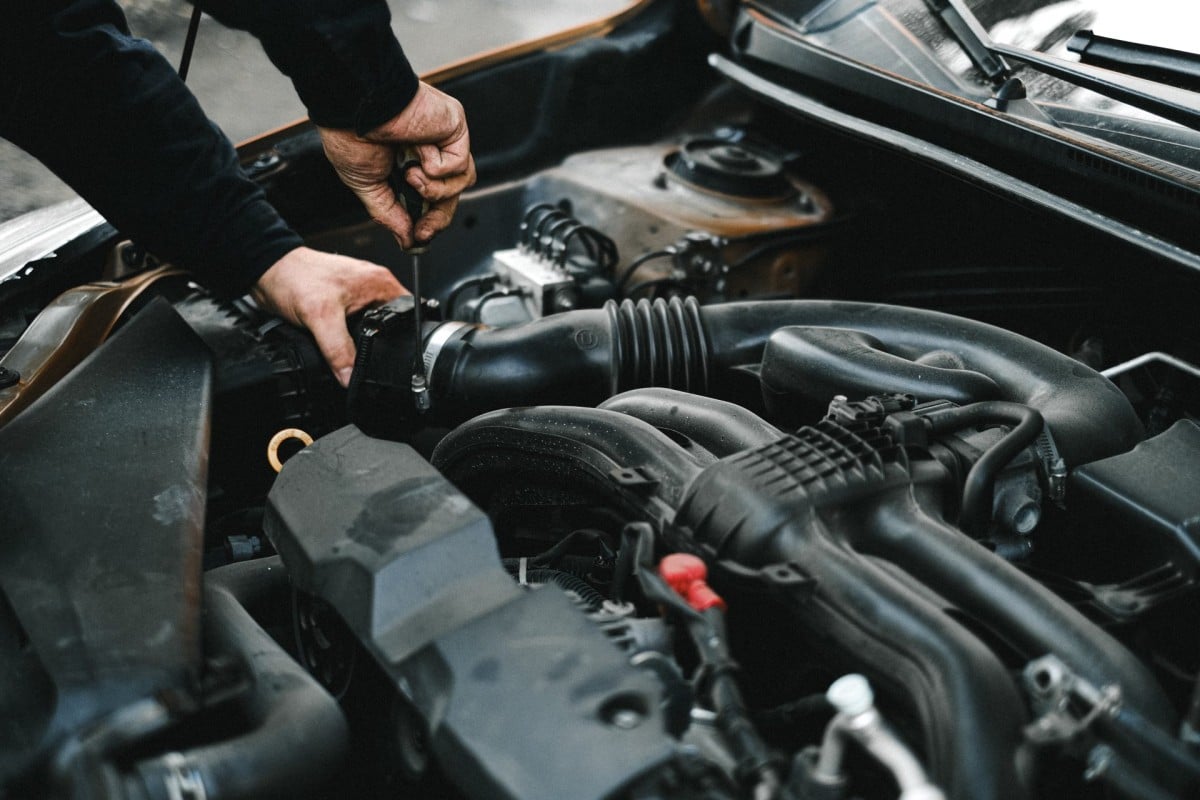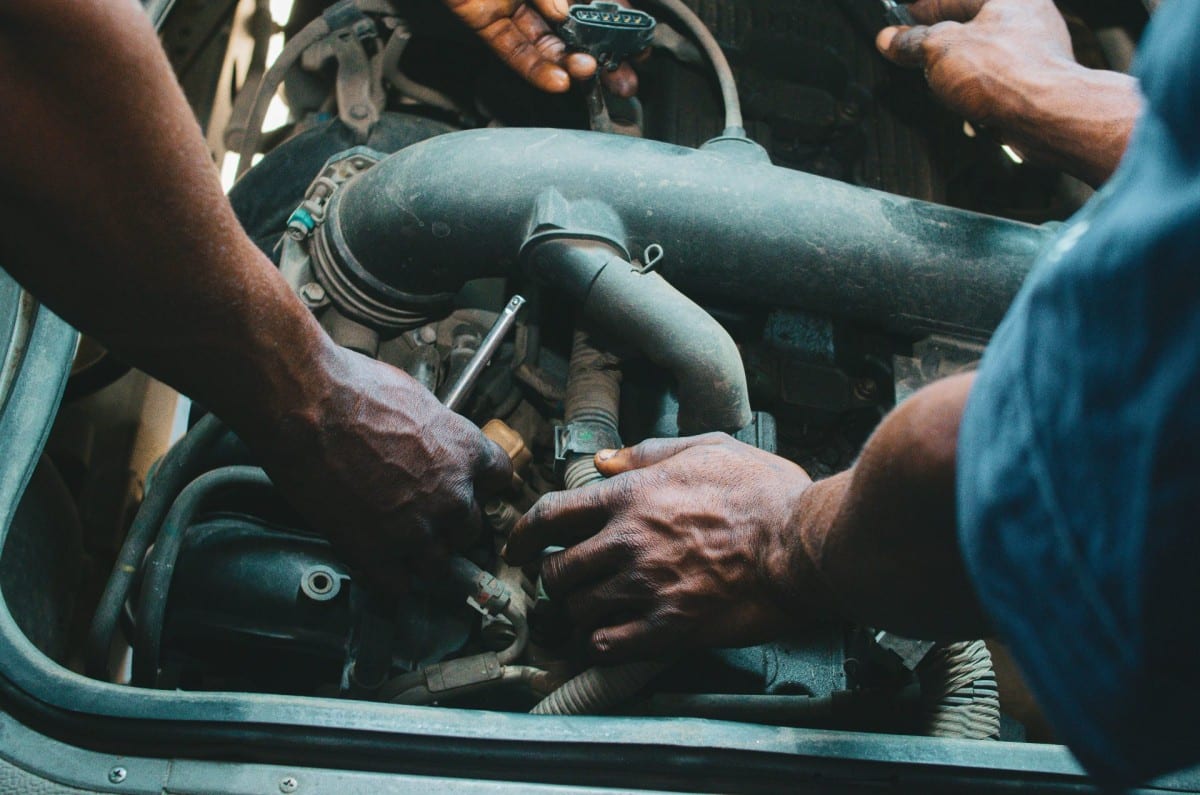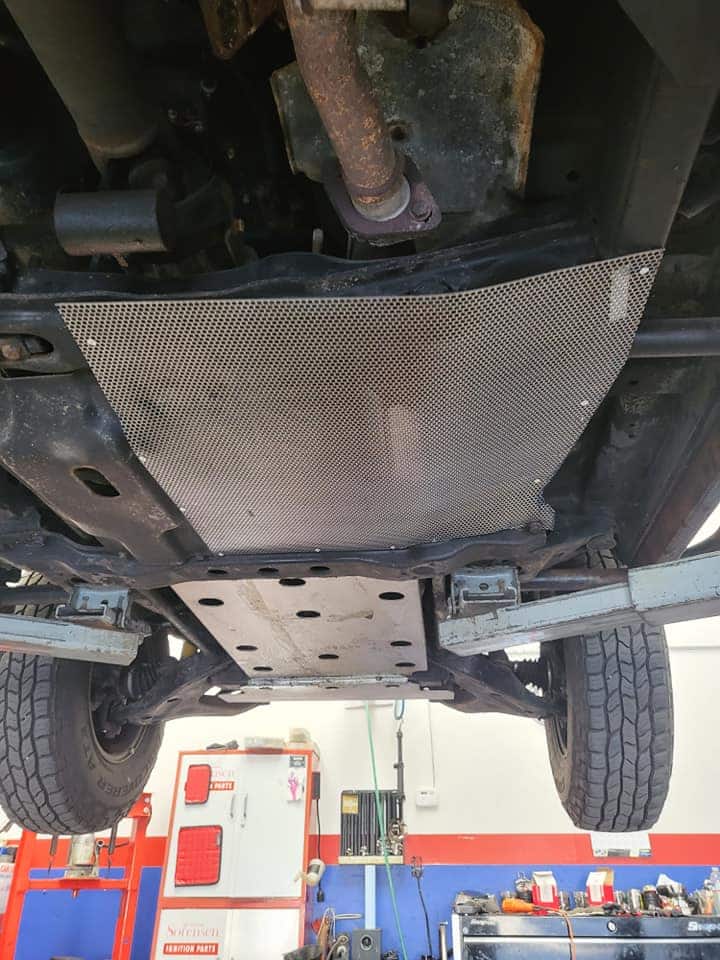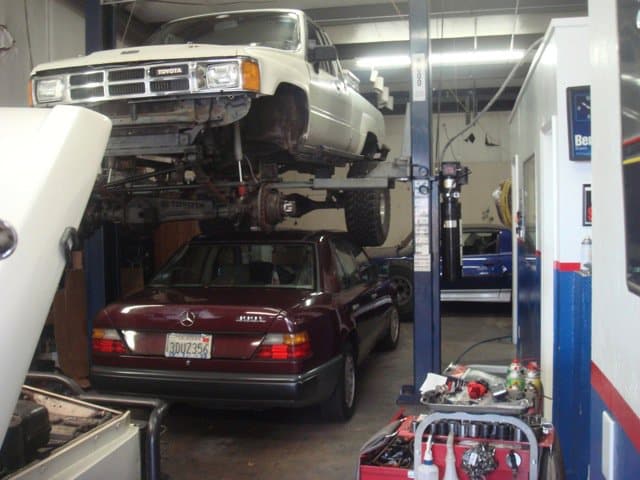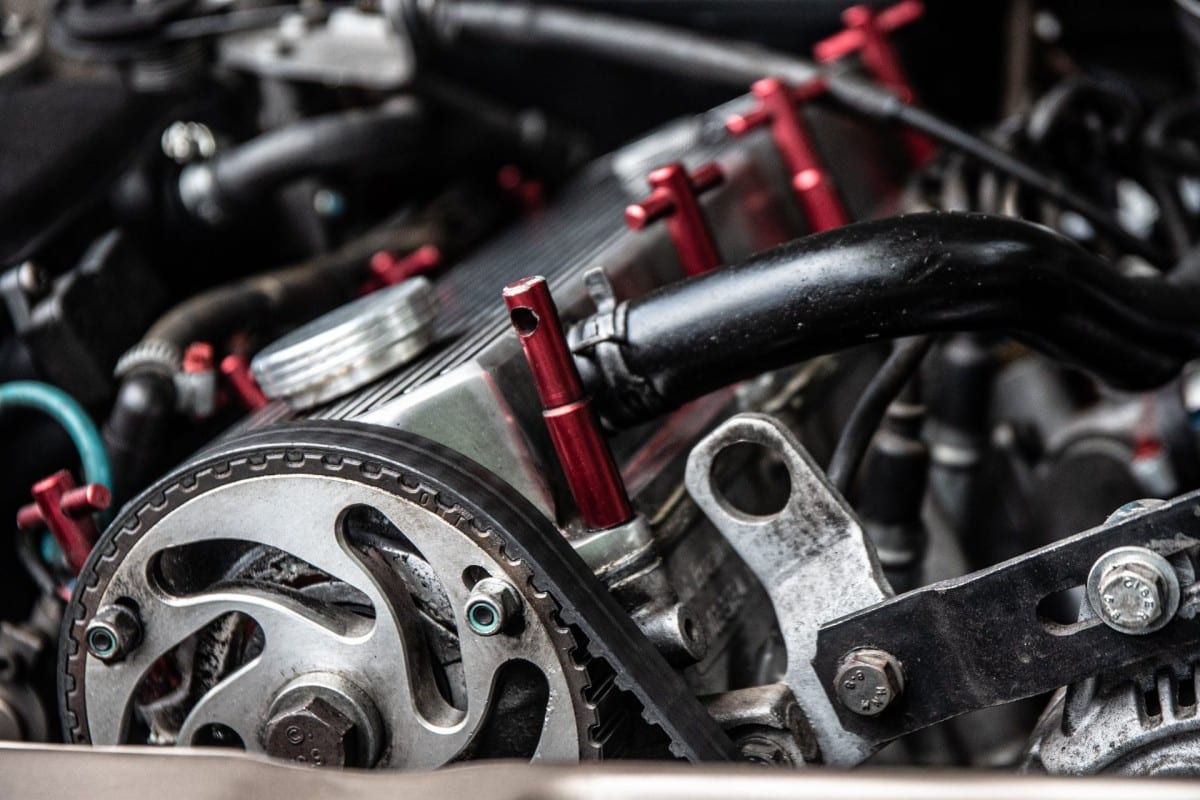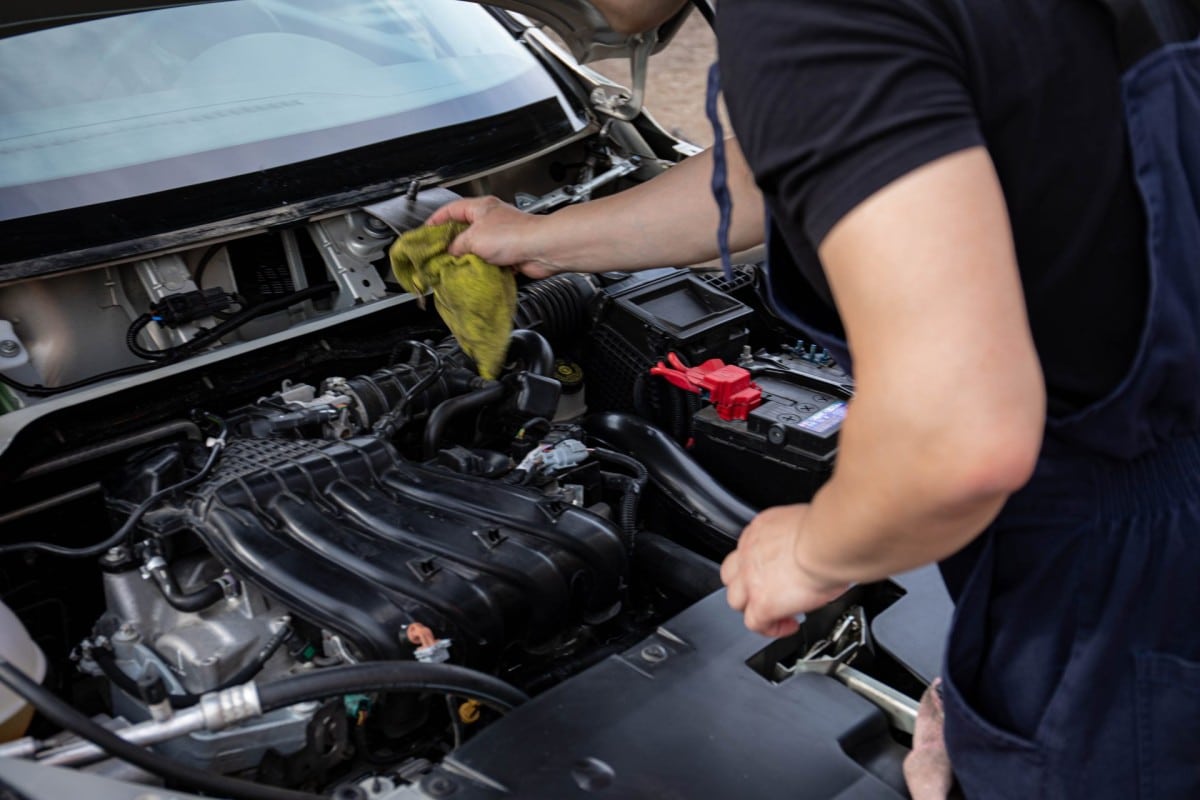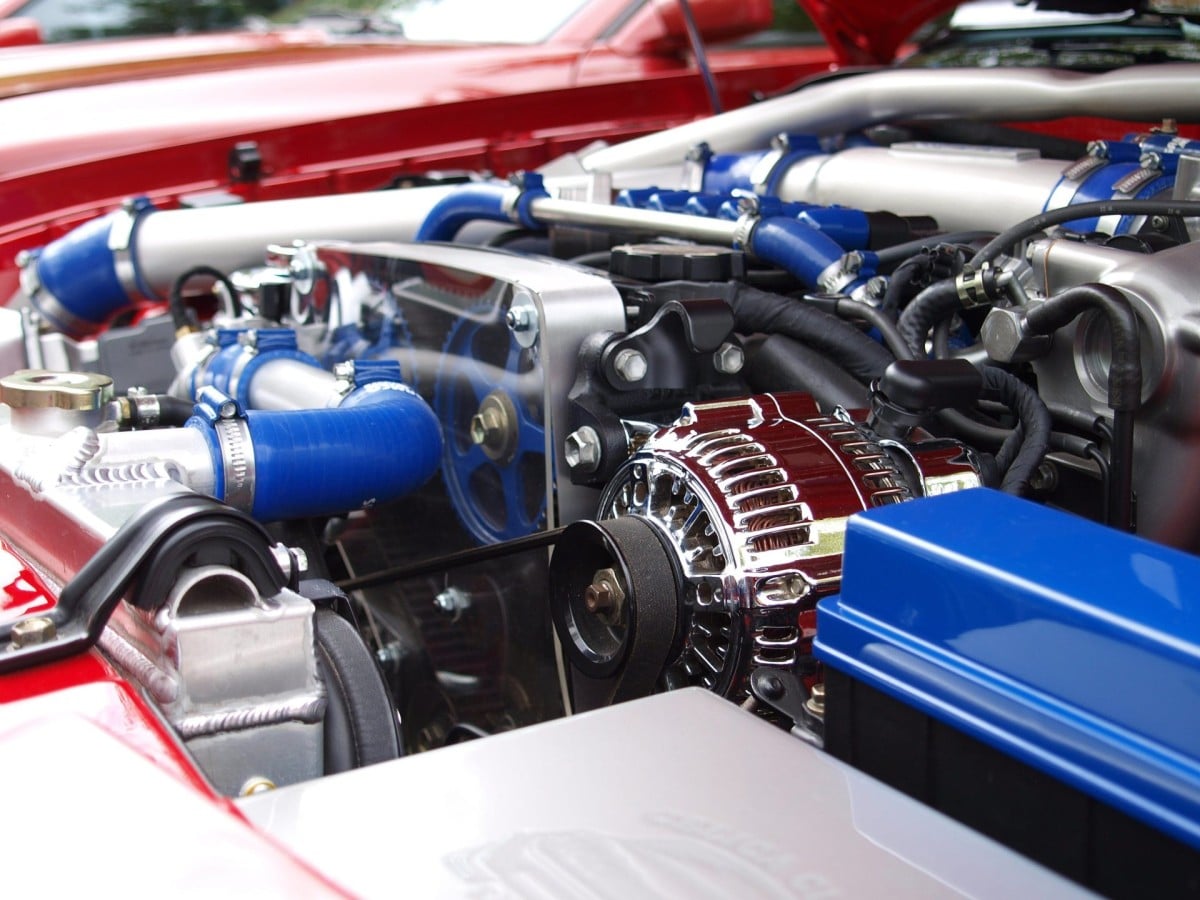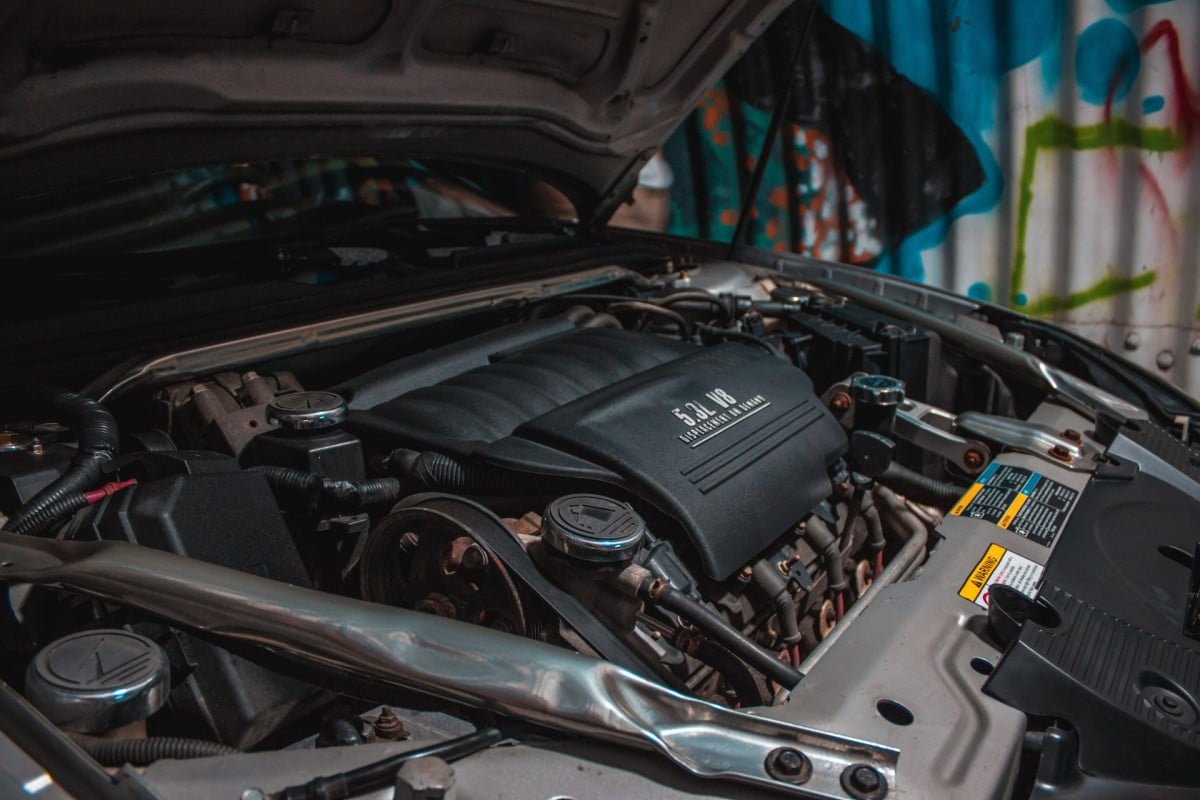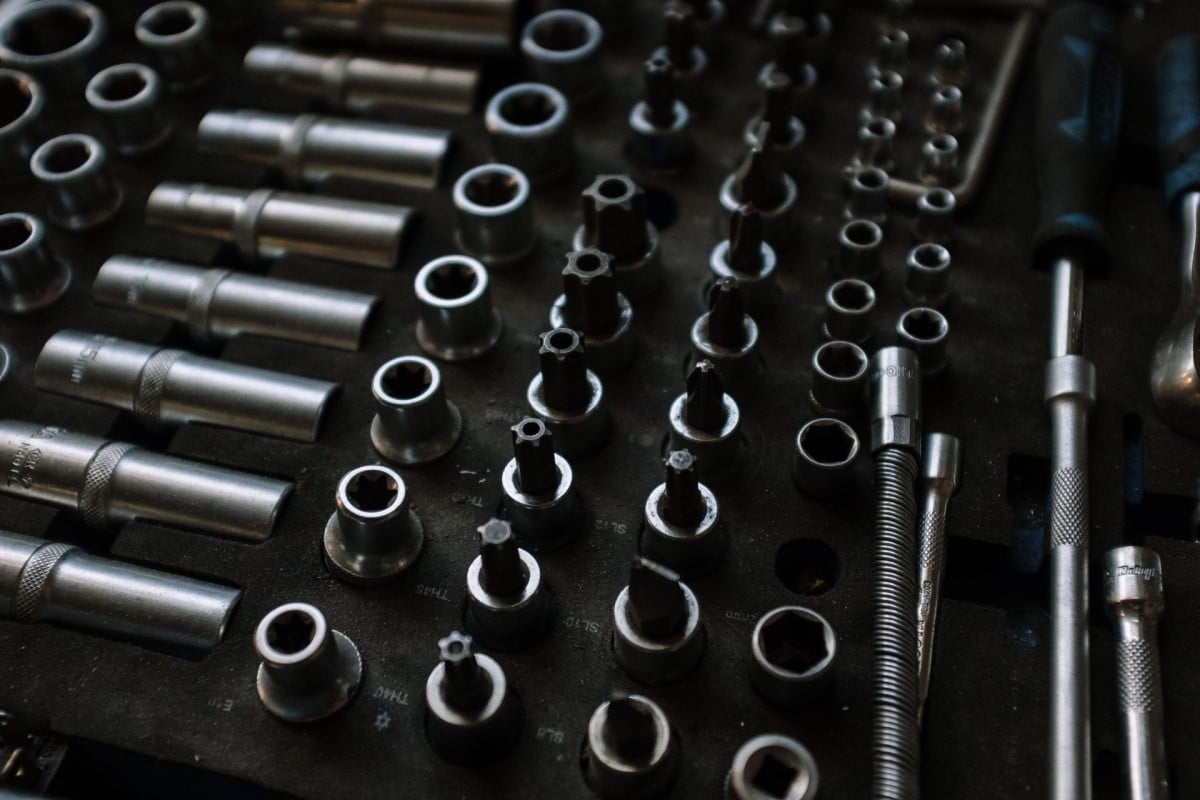Ever found yourself in a bit of a car pickle and thought, “Huh, I wish I knew a little more about brakes?” Well, my friend, you're not alone. Plenty of people drive around without the foggiest idea of what's going on under the hood (or, in this case, the wheel), and that's okay. It's not like we're all born with a wrench in hand. But having a basic understanding of your car, especially something as critical as the brake pads, can make a world of difference. Brace yourself, for we're about to take a deep dive into the fascinating world of brake pads.
Picture this, you’re cruising down the highway, singing along to your favorite tunes when suddenly, a deer darts out onto the road. Your heart jumps into your throat, and you slam on the brakes. Now, those bits that actually make contact and slow your car down? Those right there are the brake pads. They’re made of friction material that rubs against your car’s brake discs to slow it down or bring it to a stop.
There are different types of brake pads, and each comes with its own set of strengths and weaknesses. The four main types of brake pads are organic, semi-metallic, fully metallic, and ceramic. Each of these types is designed to suit different driving styles and conditions.
Organic brake pads are made from non-metallic fibers bonded with heat and pressure and mixed with friction modifiers. They're soft, so they don't wear down the brake discs as quickly as other types. They're also quite quiet. However, they wear out faster and aren't the best choice for extreme driving conditions.
Semi-metallic brake pads are a step up. They're made from a mix of metallic and organic materials. They're a bit noisier and harder on the brake discs than organic pads, but they work much better in a wide range of temperatures and conditions.
Fully metallic brake pads, as the name implies, are made entirely from metal. They're tough and long-lasting, and they work great in high-performance vehicles and heavy-duty applications. But they're also loud and can wear out your brake discs faster.
Last but not least, we have ceramic brake pads. These are the cream of the crop when it comes to brake pads. They're made from dense ceramic material with copper fibers. They're quiet, they don't produce much brake dust, and they work great in most conditions. But they're also the most expensive type of brake pad on the market.
So, which type should you choose for your car? Well, that would depend on your car and your driving style. If you just use your car for short trips around town, organic brake pads might be all you need. If you have a heavy-duty truck or a sports car, you might want to look at metallic brake pads. For most other drivers, semi-metallic or ceramic brake pads would be a good compromise.
Remember, though, these are just general guidelines. Your car's manufacturer will have specific recommendations for your particular model. And of course, when in doubt, it's best to consult with an auto repair professional.
Driving around Sonoma County, you see all sorts of vehicles, from sleek sports cars to heavy-duty trucks and everything in between. Whatever type of car you drive, it's important to ensure that your brake pads are in good condition. After all, they're one of the most critical parts of your vehicle.
Here at Sartorial Auto Repairs, we know our brake pads. Our expert team is more than capable of guiding you on the right type of brake pads for your car. We value safety and performance, and we will make sure your vehicle is equipped with the most suitable option. So, why not drop by? Let's talk brake pads.


